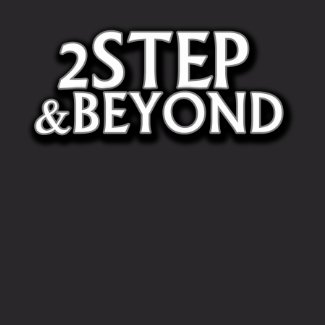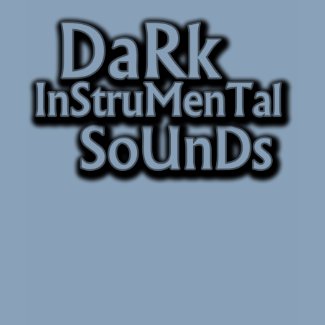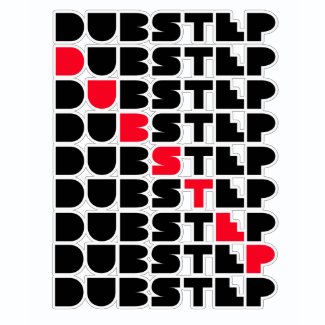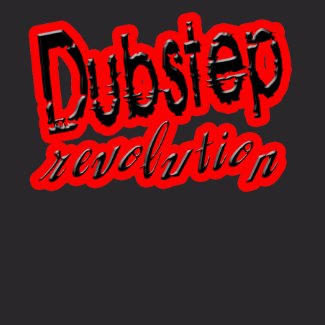Stenchman DUBSTEP remix of Aimee Mann's cover of 'One' by Harry Nilsson
Bass in the place.
Brixton, London. On a bitterly cold March evening hundreds of expectant faces file into 3rd Base, a tiny club under St Matthew’s Church. The first birthday of dubstep night DMZ has attracted representatives from all over the UK and worldwide, including this evening’s party-starter, the hugely charismatic Baltimore DJ Joe Nice. Inside, the room rattles to a sound that incorporates UK garage’s sparse clipped beats, techno’s futurism, jungle’s skanking half-time rhythms and the sheer bass weight of dub reggae. The bass is the thing. “Chest bass” as DMZ host Sgt Pokes has it. That moment of delicious weightlessness before the b-line drops.
Kode 9: “The sub-bass is the thing that’s consistent. Anything goes on top of that”. For the Glaswegian producer that means cinematic samples and the booming tones of his vocalist, Spaceape. A Digital Mystikz tune can range from gnarly halfstep to uptempo 4/4. While Skream productions might mean fluttering arpeggio’d synths as on Midnight Request Line, arguably dubstep’s biggest tune thus far. As upcoming producer Burial notes, in an interview with key blogger Blackdown, the absence of an easily defined formula baffles bandwagon jumpers. Or: “There are no highway lights to attract rubbish producers. Everyone’s just off wandering.”
Joe Nice selects a dubplate, Loefah and Mala who (with Coki) run DMZ label/night.
Each of the principals are keen to stress that dubstep did not happen overnight. As with so many “new” dance genres, it evolved in increments, imperceptibly over time. It was born around the millennium, in the margins of the capital - places like Croydon’s Big Apple record shop where producers like Hatcha, Benga and Horsepower Productions became attracted to the sparser, dub end of UK garage; pirates like Rinse FM, where DJ Youngsta debuted aged 13, and any number of bedrooms illuminated by PCs running Fruityloops.
Kode 9, Joe Nice and Skream; Youngsta behind the counter at BM Soho.
Certainly there were markers announcing that dubstep had become more than a collection of like-minded producers: the three volumes of Tempa’s agenda-setting Dubstep Allstars mix CDs, Skream’s 'Request Line getting props from a range of producers as diverse as Wiley to Ricardo Villalobos throughout 2005, and Dubstep Warz, when long-time supporter and Radio 1 DJ Mary Anne Hobbs gave over her Breezeblock show to the cream of dubstep DJ/production talent. However, there’s no better illustration of the scene’s rapid expansion than DMZ’s first birthday. The club run by Mala & Coki (aka Digital Mystikz) and Loefah was interrupted mid-dance and ravers asked to file upstairs to the considerably larger Mass in order to accommodate the hundreds in the queue, snaking off into the night.
It’s a peculiar turn of events for a scene with such an apparent disinterest in crossover success. There’s none of grime’s chart-focused bling or the over-reaching ambition (albums, “proper” instruments) that dulled jungle. Anything that distracts from the music is ignored. The dancefloor at (Shoreditch club) FWD is pitch black, whilst DMZ consists of two monster speaker stacks and little else. Kode 9: “There’s one blue light. The sub-bass makes the air heavy. It’s like doing a rave 20,000 leagues underwater on the seabed. You might see some fish, sharks, maybe a dolphin.”
Loefah is more prosaic. “We just wanted a room with some big speakers and that’s that. You come down and you dance. If you don’t wanna dance, there’s nothing else to do.” Mala agrees, “We had lights once, but it didn’t work. It’s all about the darkness”.
By James Cowdery
Sunday, March 1, 2009
Subscribe to:
Posts (Atom)






